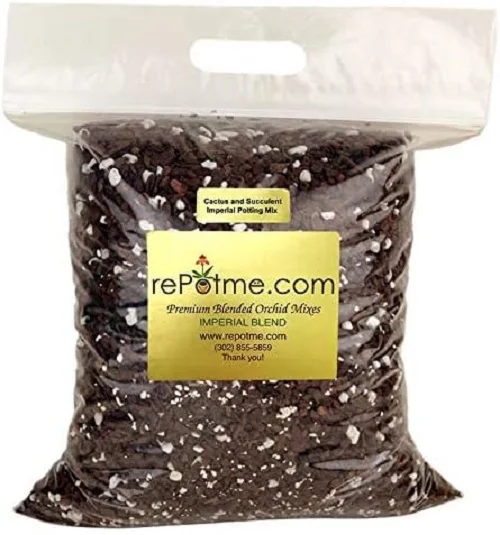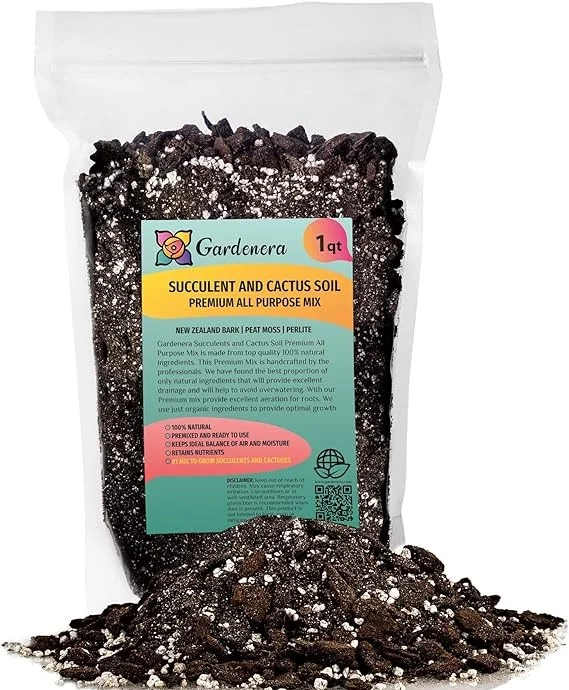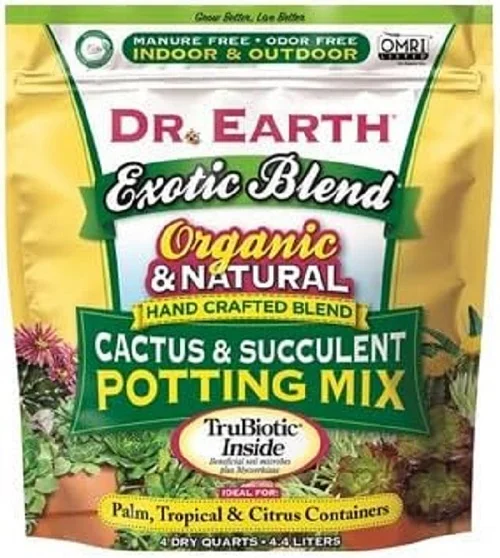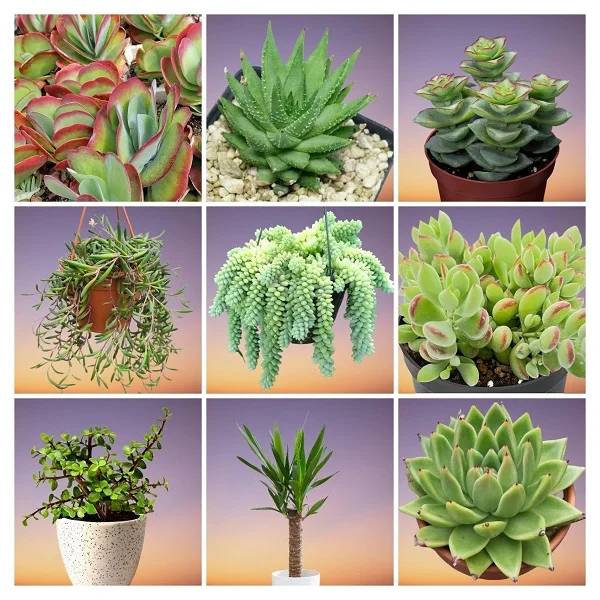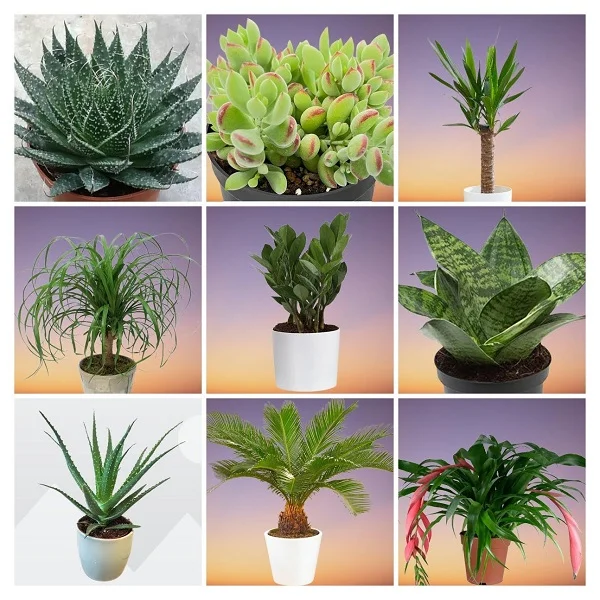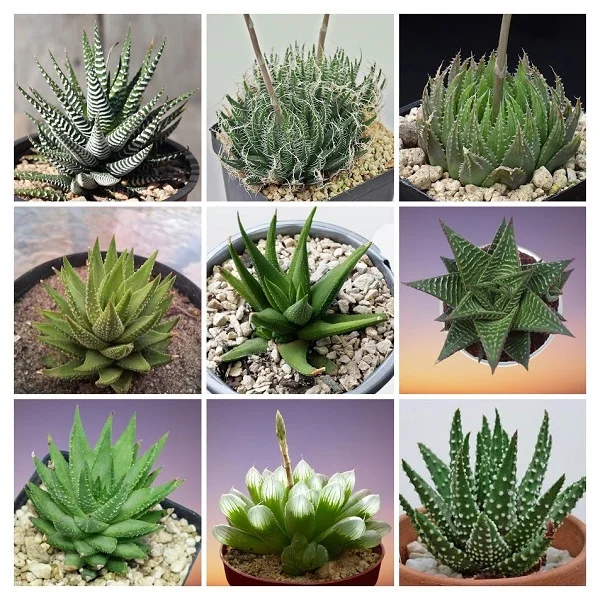Gasteria pillansii Care Indoors, Common Problems and their Remedies
Some links in this post may be affiliate links
Gasteria pillansii thrives in bright light with some direct sunlight, average warmth, moderate humidity and moderately moist, rich, well-drained soil coupled with monthly feeding in the growing season.
Gasteria pillansii is among the popular Gasteria varieties and bears green, strap-shaped leaves, arranged in two rows forming a fan-like shape, are rough with tiny tubercles.
What sets this plant apart is its resilience. It tolerates neglect better than most plants, requiring minimal watering and only occasional feeding. It is also less susceptible to pests and diseases compared to its more sensitive cousins.
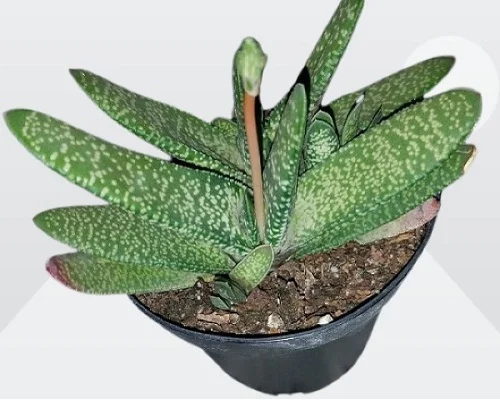
Botanical name: Gasteria pillansii
Family: Asphodelaceae
Sufamily: Asphodeloideae
Origin
Gasteria pillansii is native to the arid winter-rainfall regions in the far west of South Africa and Namibia where it is found growing under rocks or bushes that provide it with shelter from the sun.
How big can Gasteria pillansii grow?
Gasteria pillansii is a small, slow-growing, succulent plant which grows to a a maximum height of 24 inches and a spread of 12 inches.
Flowers
The flowers in Gasteria pillansii are 25–45 mm long and have a slightly swollen base for up to one-third of the length which is one ot its distinct features.
Is Gasteria pillansii toxic?
Gasteria pillansii is non-toxic to both humans and pets. It is safe for cats, dogs and other pets in the home.
Where to Buy
If you would like to add these plants to your collection, they are available online on Etsy (Link to Etsy).
How do you care for Gasteria pillansii indoors?
To care for Gasteria pillansii indoors provide bright light with 6-8 hours of direct sunlight, average warmth of 18-290C, moderate humidity of 50-55% and moderately moist, fertile, well-drained soil coupled with monthly feeding during the growing season.
Gasteria pillansii care requires pruning to keep it neat as well as minimize pests and diseases. Potting is done during the growing season but only when the plant has become root-bound. Keep reading for more on these growing conditions and how to achieve them.
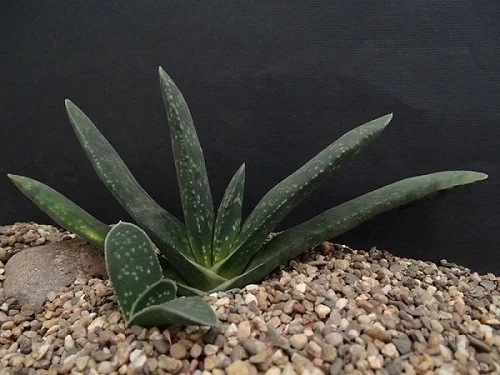
Watering
How often should I water Gasteria pillansii indoors?
Do not water your Gasteria pillansii on a schedule to avoid either overwatering or underwatering which are detrimental to the growth of the plant.
Gasteria pillansii prefers the 'soak and dry' method. Water it thoroughly in spring and summer while allowing the top 2-3 inches of soil to dry out between waterings. Maintain the soil moderately moist and avoid soggy soil to prevent soft, mushy leaves and a foul smell near the roots.
Significantly lessen watering in fall and winter as growth is minimal at this time to keep the soil slightly moist. Do not allow the soil to dry out completely to prevent wilted, wrinkled leaves.
Use water that is at room temperature water to avoid plant shock which can lead to stunted growth and death of the plant.
Be careful not to wet the center of the rosette of leaves to avoid rotting; you may water from the bottom instead.
Ensure that the pot has a drainage hole and the soil is free-draining to prevent it from getting soggy as it can result in rotting and death of the plant.
Light Requirements
Does Gasteria pillansii like sun or shade?
Gasteria pillansii grows best in bright light with 6-8 hours of morning or late afternoon sunshine. Avoid exposing it to hot midday sunlight before acclimating it, as it can get sun scorched.
If natural light is inadequate, you can easily supplement with full-spectrum grow lights for a few hours a day. Just ensure the light source is at least 6-12 inches above the plant to avoid heat damage.
To ensure uniform growth, regularly rotate the pot to make sure that the plant receives light on all sides.
Temperature & Humidity
Gasteria pillansii floursishes in an average warmth of 18-290C. The sudden change in temperature between day and night is excellent for the growth of this succulent plant.
Keep it away from drafts to prevent extreme temperatures which can cause slowed growth and death of the plant.
Gasteria pillansii has no need for extra humidity. Average room humidity of 50-55% is ideal for this plant. These plants are adapted to arid conditions, therefore, overly humid environments coupled with poor airflow may lead to fungal infections or root-rot.
Fertilizer
What kind of fertilizer for Gasteria pillansii?
Feed Gasteria pillansii with a water-soluble, succulents fertilizer monthly in spring and summer as it is does not need frequent feeding. Always water before applying fertilizer to prevent root burn.
Withhold feeding in fall and winter as growth is reduced at this time and feeding can cause fertilizer burn and plant death.
Potting Soil
What is the best soil for Gasteria pillansii?
The best potting soil for Gasteria pillansii is a rich, loose and free-draining to avoid waterlogging. A mix of 2 parts cactus/succulent potting mix, 1 part perlite or pumice, and 1 part coarse sand or gravel is ideal for these plants.
Repotting
When to repot Gasteria pillansii?
Repot Gasteria pillansii at the beginning of the growing season ( spring to early summer), only when the plant becomes pot-bound.
How to repot a Gasteria pillansii?
- Select a shallow rather than a deep pot as it has shallow roots. Ensure that the pot is only 1 size larger than the current one and has a drainage hole. Check out these succulents pots available on Amazon.
- Fill the pot a third way full with sandy, well-draining soil and slightly moisten the soil.
- Gently, slip the plant from its pot, shake off the soil from the rootball and cut away any dead roots.
- Position the plant in the center of the pot and fill with the soil while firming it around the base. Maintain the plant at the same soil level as it was in the previous pot.
- Wet the soil thoroughly and replace the plant to its usual spot.
Pruning
How to prune Gasteria pillansii?
Pruning Gasteria pillansii is easy:
- Remove dead or diseased leaves to keep the plant neat and also minimize pests and diseases infestations.
- Cut the leaf at the base with a sharp knife or a pair of pruning scissors to detach it from the stem.
- Avoid excessive injury to minimise fungal and bacterial diseases.
Gasteria pillansii Propagation
Gasteria pillansii is best propagated from offsets (pups) which form at the base of the plant. The ideal time to propagate is at the beginning of the growing season (spring to early summer) when it is in active growth.
Gasteria pillansii can also be propagated from leaves but the process is time consuming and the leaves may not root. Germination of seeds is also possible but they are slow to germinate and even slower to mature.
Learn how to propagate Gasteria from pups, leaf cuttings and seeds.
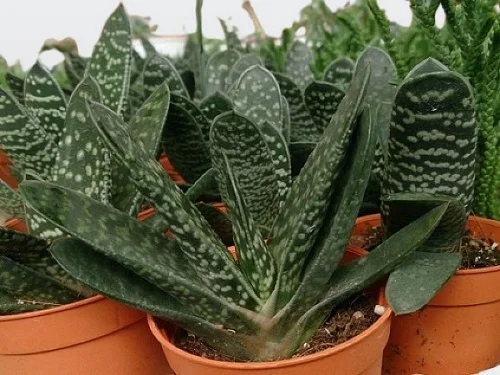
Gasteria pillansii Problems & Solutions
Gasteria pillansii problems are yellow leaves, brown leaves, fading leaf color, wilted and droopy leaves, pests and diseases among others. Keep reading for more on these problems, their remedies and solutions.
Yellow leaves
Why is my Gasteria pillansii turning yellow?
Your Gasteria pillansii is turning yellow due to overwatering, soggy soil, temperature stress, and nutrient deficiency.
How to fix it
Overwatering: Do not water on a schedule. Water only when the top 2-3 inches of soil dry.
Soggy soil: Use a sandy, well-draining soil and a pot that has a drainage hole.
Temperature stress: Keep the plant away from drafts coming from hot surfaces, hot air vents, AC units, windy doors drafty windows among others.
Nutrient deficiency: Apply a water-soluble, succulents fertilizer every 4 weeks in spring and summer.
Brown leaves
Why is my Gasteria pillansii turning brown?
Your Gasteria pillansii is turning brown due to inconsistent watering, soggy soil, hot sunshine, and extreme temperatures.
How to fix it
Inconsistent watering: Water when the top 2-3 inches dry out. Never allow the soil to dry out completely. Do not water on a schedule.
Soggy soil: Use a pot with a drainage hole and loose, well-draining soil.
Hot sunshine: Position the plant away from hot midday sunshine or use a light curtain to filter it.
Extreme temperatures: Keep the plant away from drafts emanating from AC units, drafty windows, heat sources, windy doors and others.
Fading leaf color
Why is my Gasteria pillansii turning white?
Your Gasteria pillansii is turning white due to either too little light or too much light.
How to fix it
Too little light: Position the plant in a spot where it will receive bright light with 4-6 hours of morning or late afternoon sunlight. You may use a grow light if the natural lighting is not enough.
Too much light: Move the plant to a more shaded place or filter the light with a sheer curtain.
Wilted and droopy leaves
Wilted and droopy leaves on Gasteria pillansii are caused by underwatering, drafts and soggy soil.
How to fix it
Immediately water the plant thoroughly and it should recover.
Underwatering: Do not allow the soil to dry our completely; maintain it moderately moist in spring and summer and slightly moist in fall and winter.
Drafts: Keep the plant away from cold and hot drafts to avoid extreme temperatures.
Soggy soil: Make sure to use a pot with a drainage hole and loose, well-draining soil.
Pests
Common Pests for Gasteria pillansii are mealybugs and scale insects.
How to fix it
- Isolate the affected plant to prevent spread to the other plants and treat it with neem oil or insecticidal soap as per the manufacturers instructions.
- Regularly check underneath and between the leaves for these pests and carry out timely control measures.
- Keep the plant properly pruned and raise humidity to discourage pest infestations.
Diseases
Gasteria pillansii is prone to two diseases:
1. Basal stem-rot disease which is characterized by a rotting base, yellowing and shriveled leaves. The disease is prevalent in overwet conditions especially in the cold season.
How to fix it
- Remove and discard the infected parts to prevent spread to the rest of the plant.
- Reduce watering significantly in fall and winter to maintain the soil slightly moist; avoid overwatering.
- Avoid wetting the center of the rosette of leaves during watering to minimize the disease infestation.
- Use a fungicidal solution ocassionally to water the plant to prevent the disease.
2. Leaf spot disease which is enhanced by poor air circulation. It presents as brown soft leaf spots.
How to fix it
- Remove and burn the affected parts to reduce the risk of spread to the rest of the plants.
- Spray the affected plant with a systemic fungicide and ensure to follow the manufacturer's recommendations.
- Take care not to wet the leaves during watering to reduce the disease infestation.
- Ensure that there is proper air circulation for the plant.
Frequently Asked Questions
1. Can you propagate Gasteria pillansii from a leaf?
Yes. It is possible to propagate Gasteria pillansii from a leaf but the process is takes several months. Rooting is slow and not always successful.
2. Does Gasteria pillansii like full sun?
Gasteria pillansii likes bright light with 4-6 hours of morning or late afternoon sunlight but not hot midday sunshine.
3. Is Gasteria pillansii easy to grow for beginners?
Yes. Gasteria pillansii is one of the most beginner-friendly succulents due to its tolerance less than perfect growing conditions.
4. How do you seperate Gasteria pillansii pups?
With a clean, sharp knife or pruning scissors cut away the pups at the base just below the rosette from the mother plant.
You liked it? Share on social media.
Related Content
Amazon Associates Disclosure
Homeplantsguide.com is a participant in the Amazon Services LLC Associates Program, an affiliate advertising program designed to provide a means for sites to earn advertising fees by advertising and linking to amazon.com.
